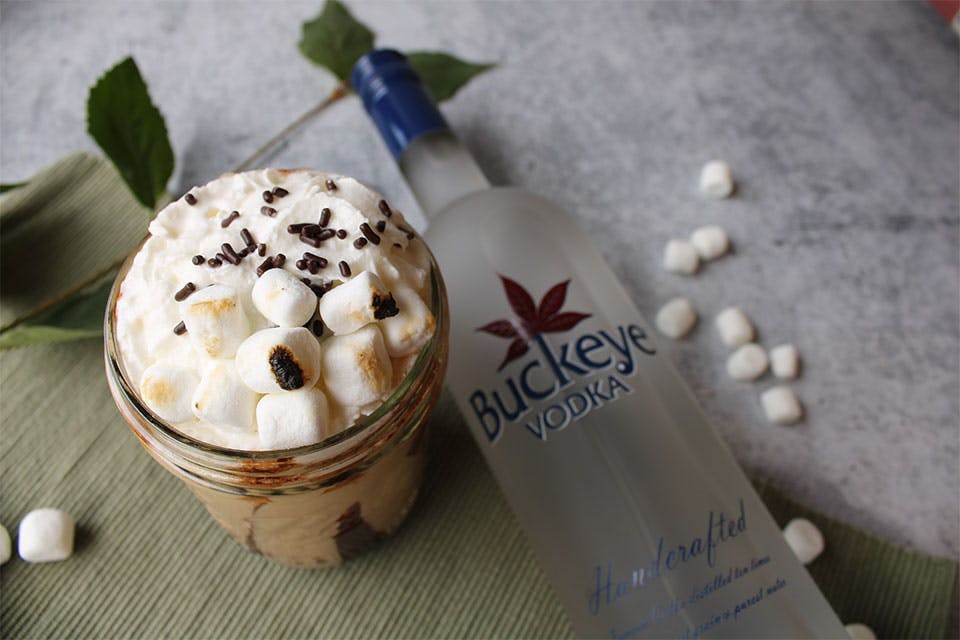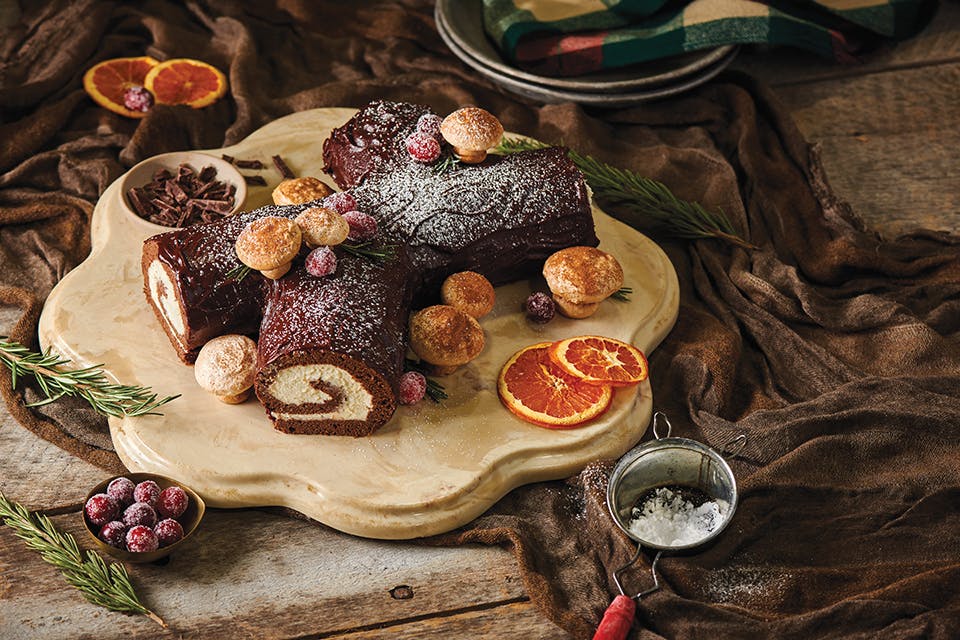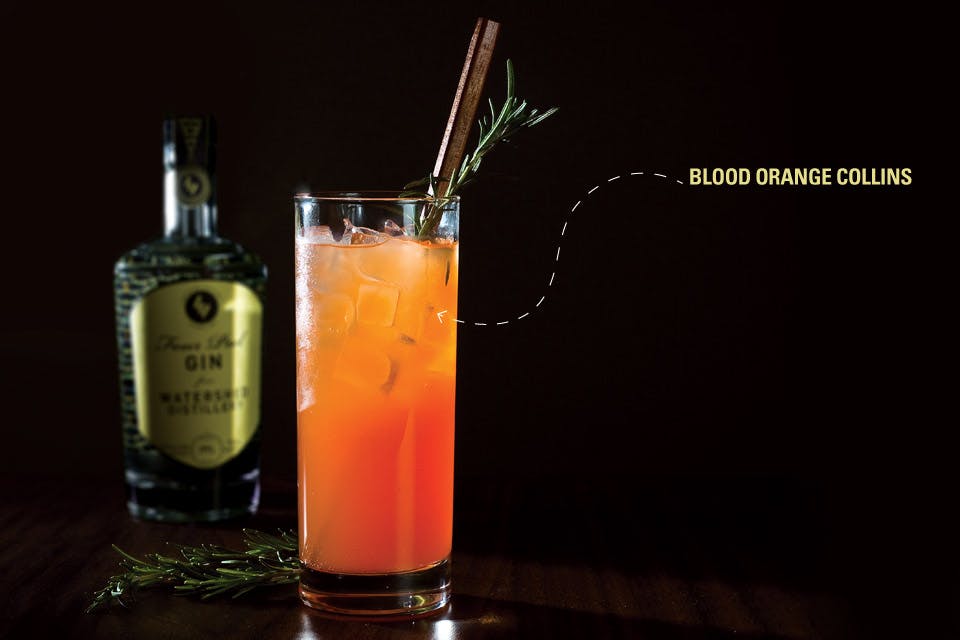Food + Drink
3 Ohio Distilleries Share Cocktail Recipes
From high-tech whiskey to citrus-accented gin, these Ohio distilleries are doing things differently.
Related Articles

Cincinnati’s Ghost Baby Embraces the Spirit of a Bygone Era
This cocktail bar hidden deep below Cincinnati’s Over-the-Rhine neighborhood offers a creatively crafted menu, live music and two different spaces to experience. READ MORE >>

Buckeye Vodka Shares 3 Summer Cocktail Recipes
We teamed up with Dayton’s own Buckeye Vodka to bring you some mixed drink inspiration. Try this trio of light, delicious offerings at your next summer party. READ MORE >>

5 Holiday Recipes to Make Together This Season
From simple gingerbread cookies that leave lots of room for creativity to a beautiful Buche de Noel that is sure to grab attention, these creations offer fun baking projects. READ MORE >>




